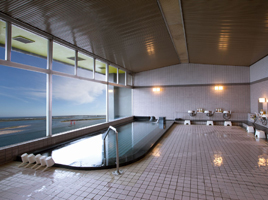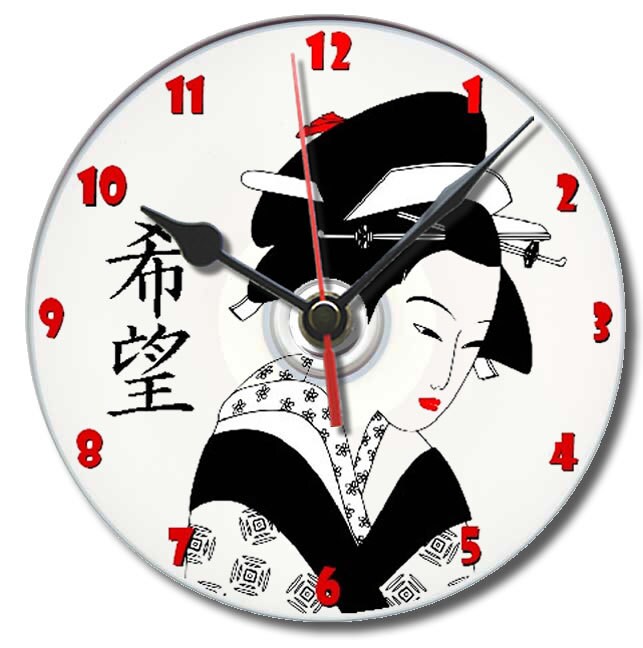The name of the certificate is seriously long. I had to look it up on the net again just in case I miss a word. But anyway, this "Certificate to Engage in ...." is a permission from the Japanese government for foreigners who would like to do some other work not included in the scope of their visa. For foreign students, this certificate is necessary if you're planning to do some part-time work. For those who have working visas, this certificate is needed if the type of work you're planning to do some other work.
I had to apply for this long-named certificate because I only have an instructor visa. I can only teach students from elementary to high school. Thankfully, a company hired me to do some part-time work as a Business English instructor. This required me to obtain this certificate. Only private English classes can exempt you from getting this.
Applying for this certificate is not really difficult but it takes time. It took me almost a month before this certificate was granted. I think it would have been faster if I knew the documents needed. But anyway here's how to get one:
1. Go to the nearest regional immigration office in your area. Look for visa-related section. Ask for a form you have to fill out. In Hamamatsu, the regional office is a few minutes away from the station. It is just before the office of the Board of Education.
2. To speed the process, make sure you have permission from your visa sponsor. In my case, I had to request for a work certificate indicating my official work days and times. Also, request a work certificate or work contract from the company you're planning to work with. The other company I worked with gave me a document stating the work days and times. The immigration needed to these to make that whatever additional work you'll have won't be in conflict with your visa sponsor.
3. The immigration also asked me to submit salary slips for the last three months. Perhaps they want to know if having a part time job is necessary based on my salary.
4. After almost a month of waiting, I got a post from the immigration asking me to come the office on a certain day. Bring your passport and the immigration notice. Make sure to come 2 to 3 hours before closing time. If granted, it takes time to include the certificate in the passport. I arrived at 2:00 pm and left the office at around 5 pm. I just waited while the immigration officer did something with my passport.
I learned that you can actually download an application form for the Certificate to Engage.... then just post it to the immigration office. Also, the immigration office is gracious enough to correspond to applicants who lack documents. They don't decide just because you have no documents to show. In my case, they sent me a letter requesting for the work certificate and salary slips when I fail to bring them when I applied.
Also the certificate is not really a "certificate." It's more like an additional attachment in you passport.
So good luck in your application. Hope this helps. :)
 |
| Certificate to Engage in Other Activities Other than that Permitted Under the Status of Residency Previously Granted |
I had to apply for this long-named certificate because I only have an instructor visa. I can only teach students from elementary to high school. Thankfully, a company hired me to do some part-time work as a Business English instructor. This required me to obtain this certificate. Only private English classes can exempt you from getting this.
Applying for this certificate is not really difficult but it takes time. It took me almost a month before this certificate was granted. I think it would have been faster if I knew the documents needed. But anyway here's how to get one:
1. Go to the nearest regional immigration office in your area. Look for visa-related section. Ask for a form you have to fill out. In Hamamatsu, the regional office is a few minutes away from the station. It is just before the office of the Board of Education.
2. To speed the process, make sure you have permission from your visa sponsor. In my case, I had to request for a work certificate indicating my official work days and times. Also, request a work certificate or work contract from the company you're planning to work with. The other company I worked with gave me a document stating the work days and times. The immigration needed to these to make that whatever additional work you'll have won't be in conflict with your visa sponsor.
3. The immigration also asked me to submit salary slips for the last three months. Perhaps they want to know if having a part time job is necessary based on my salary.
4. After almost a month of waiting, I got a post from the immigration asking me to come the office on a certain day. Bring your passport and the immigration notice. Make sure to come 2 to 3 hours before closing time. If granted, it takes time to include the certificate in the passport. I arrived at 2:00 pm and left the office at around 5 pm. I just waited while the immigration officer did something with my passport.
I learned that you can actually download an application form for the Certificate to Engage.... then just post it to the immigration office. Also, the immigration office is gracious enough to correspond to applicants who lack documents. They don't decide just because you have no documents to show. In my case, they sent me a letter requesting for the work certificate and salary slips when I fail to bring them when I applied.
Also the certificate is not really a "certificate." It's more like an additional attachment in you passport.
So good luck in your application. Hope this helps. :)

